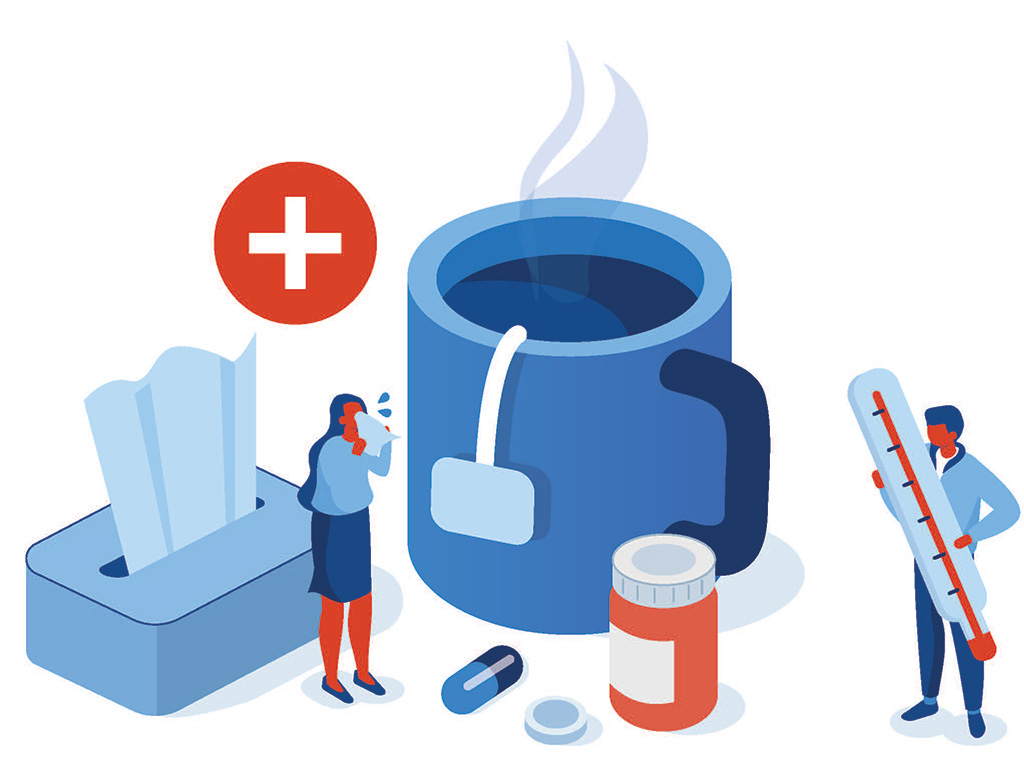By Sashi Anantham

Cold and flu affects almost every Australian year in and year out, and it has the tendency to come around at the worst time. In fact, people are likely to be affected with cold and flu when they stray from their usual routines, which is why the chances of experiencing symptoms is higher during periods of increased socialising or travel, particularly around holidays.
There’s nothing worse than suffering from nasal congestion, coughs, pain, and fever when you’re trying to make the most of a vacation or heading back to your usual routine, which is why Codral has released a first of its kind; Cold and Flu Forecast to help Aussies predict the movement of cold and flu symptoms around them.
Built using a robust model that combines cold and flu reports from public institutions, medicine sales, web search results, and trends data from previous flu seasons, the Codral Cold and Flu Forecast revealed that this year’s season is predicted to be at least as potent, if not more, than 2023 – which was one of the worst years in recent history.
Overview of the 2024 cold and flu season
According to IQVIA’s FAN report, over 5.7 million cold and flu products were sold between January and March of 2023 across Australia, while 2024 recorded over 6 million sales within the same period – an increase of 6%.
Similarly, findings from the Codral Cold and Flu Forecast predicts this upward trend to continue, forecasting Australia to experience a sharp incline in cold and flu symptoms after the school holidays until 1 June, with 1 in 3 households predicted to be affected.
Furthermore, the data forecasts that Victoria could see a 44% increase in cases of cold and flu between April and early June, with the following suburbs expected to be cold and flu zones:
- Baxter
- Prahran
- Warrnambool
- North Melbourne
- Wantirna
Forecast reveals what we can expect this sneezy season
Who is most likely to be affected and for how long?
Like other health conditions, cold and flu is likely to affect children more than others. This is primarily because their immune systems are still developing, and they have limited experience in contracting cold and flu as compared to an adult. According to the Lung Foundation of Australia, families with young children in day care, pre-school, and primary school experience frequent colds and can be affected between six and twelve times per year. Similarly, those aged over the age of 65 may also have a higher chance of being affected by cold and flu.
Most cases of cold and flu last between 4-10 days, with symptoms peaking on day two and day three. However children and elderly people may take longer to recover.
How can I avoid the upcoming sneezy season?
The reality of cold and flu is that it affects everyone at some point in the year, so it is extremely difficult to avoid altogether. However, there are steps Aussies can take to be better prepared as we head into winter.
Primarily, good hygiene is essential. Regularly washing your hands and sneezing into your elbow can help protect you and others around you from cold and flu.
Secondly, it is suggested to stock up on cold and flu products which will help alleviate the symptoms of nasal congestion, cough, pain, and fever to minimise the inconvenience if you do catch the sniffles. Finally, monitor and follow any health advice suggested by the health authorities.

